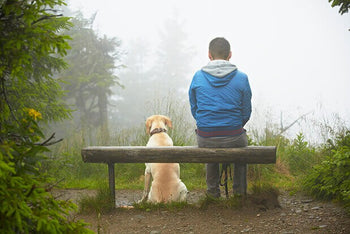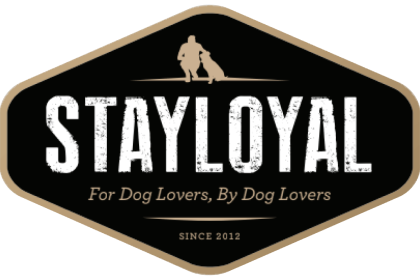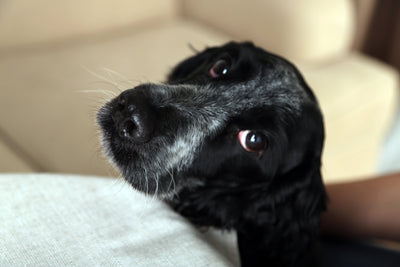Does My Dog Need A Jacket In Cold Weather?

Putting clothes on a dog is a topic that can quickly escalate into a heated debate – with passionate people on both sides. Some call it cruel – others say their dog likes being “dressed up.” Putting the fashion-forward pup aside, new dog owners may wonder if their dog doesn’t need a jacket during these cold winter months.
A Look At Dog Coat Types
By coat, we mean the coat your dog was born with – his fur. There are different coat types, depending on what your breed was designed and bred for. Even if your dog is a mixed breed, chances are his coat resembles one of these:
Smooth coat. Smooth-coated breeds have one layer of hair that is smooth and soft. Examples of short-haired, single-coated breeds are Chihuahuas, Pugs and Weimaraners (unless you happen to have a rare long-haired Weimie, they have a double coat). Yorkshire Terriers and Maltese are examples of long-haired single coated dogs. Poodles also have a single coat that is curly.
Double coat. A double coated dog has a thick undercoat and then a top layer. They can be short-haired, like the Labrador Retriever, or long like the Shetland Sheepdog.
Wired-haired dogs can be either double (Schnauzer) or single coated (Soft-coated Wheaten Terrier). And then of course there are the few breeds that are hairless (or close), such as the Chinese Crested and the Xoloitzcuintle.
Some Coats Are Warmer Than Others!
As you have probably guessed, your dog’s coat does affect how warm he stays! Breeds with double coats were bred in climates that were cold or where the dog would be in the elements, including water, a lot and needed extra protection. The downy undercoat they shed out helps insulate them against cold weather. So dogs like Huskies, Saint Bernards and Shelties are pretty comfortable in cold weather – they are already wearing their fur coat!
Breeds that were bred in warm climates and have a single coat – like the Chihuahua – or no coat at all – like the Xoloitzcuintle – may need a jacket or jumper to be comfortable outside, especially for extended periods of times. Just like humans, DOGS CAN GET HYPOTHERMIA, so be sure to watch for signs of this in your dog and do not leave them out all night in winter.
Signs include:
· Shivering
· Slowed breathing
· Lack of alertness
· Weakness
· Dilated pupils
ALSO be watchful of puppies, senior dogs and dogs that are sick or injured. These dogs’ bodies may not be able to regulate temperature as well as a healthy adult dog, and may require more protection, even if they have a double coat.
Has your dog been shaved? If your dog has been shaved, his double coat may not have come back fully when the cold weather hits. If that’s the case, this dog might also need a coat when outside.
WATCH FOR OVERHEATING!
Do not leave any dog’s jacket on when they are inside. So if you took your dog to the vet or to the store, take off their jacket or jumper once inside, to avoid overheating. Just like they can get hypothermia, your dog can also overheat in those clothes. So also watch for signs of overheating and remove the jacket (even if you are outside) if your dog looks too warm.
Signs of overheating:
· Panting
· Bright red tongue
· Red or pale gums
· Weakness
· Vomiting
So if you have a single-coated dog who takes long walks on really cold winter mornings, a jacket might make him more comfortable. But putting a jacket on a Husky could cause him to overheat. The main thing is to use your best judgement and then watch for signs that your dog is too cold or too hot and adjust his attire accordingly. If he is still shivering even in his jumper, it might be a good day to stay indoors and snuggle in front of the Television. Following these rules will help your pup survive the winter in comfort and keep you from the vet’s office.








